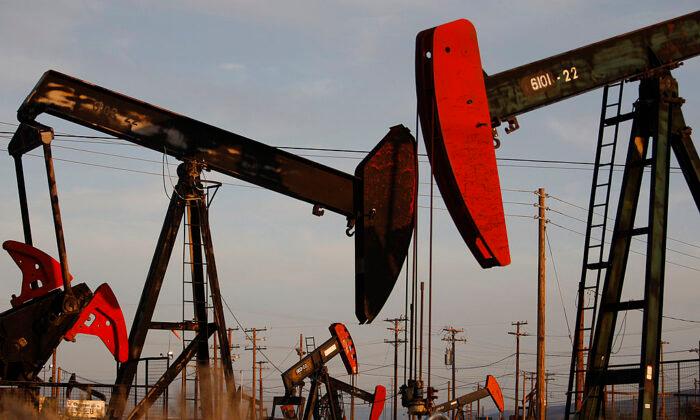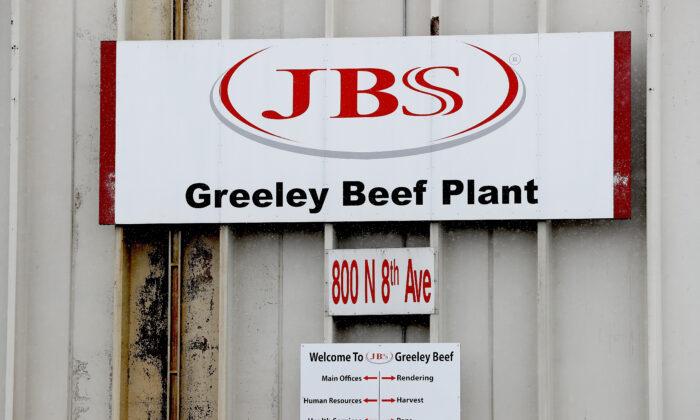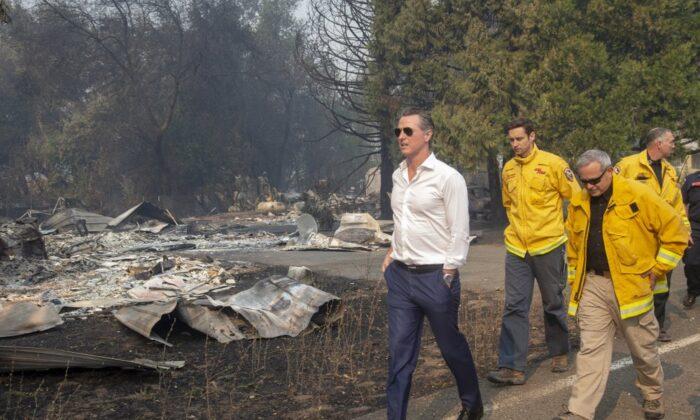“The historic plunge in global energy investment is deeply troubling for many reasons,” IEA Executive Director Dr. Fatih Birol said. “It means lost jobs and economic opportunities today, as well as lost energy supply that we might well need tomorrow once the economy recovers.”
Shale Under Pressure
Conventional oil wells in Saudi Arabia and Kuwait can produce a barrel of crude oil for as little as $10, according to Rystad Energy figures. However, shale’s unconventional oil extraction methods involve considerably higher costs, such as fracking processes, and much shorter well lifetimes. Shale frackers are often forced to truck in fracking fluids and water, and must continually drill in new locations to ensure that oil and gas keep flowing.Producers are now being forced to cease production on already fracked wells.
Production costs per barrel for U.S. shale oil producers sit at around $50, above current trading prices for crude oil. July prices for West Texas Intermediate (WTI) crude were hovering around $33.50 in trading on May 29.
During April, a perfect storm of decimated demand, persistently high U.S. production levels, and rapidly filling storage capacity meant that future prices for WTI briefly turned negative. Historically low prices have caused many shale producers to slash drilling and production activity, while letting actively producing boreholes peter out. Many land lease and fixed costs can’t be avoided, however, leading companies to hemorrhage cash.
Recovery in Sight?
However, crude supply and demand could rebalance as early as June, Rystad Energy predicts. According to its data, the “largest oversupply in history” measured in April could transform into a slight undersupply as early as July, leading to withdrawals from storage facilities increasing through to the end of 2020.The CCP virus falloff in oil and shale production is generally judged against record production levels measured in 2019. The bottom-of-the-curve production levels expected for June will only signify a two-year low, as current U.S. oil production is around 11,500 barrels per day. Measured against the March 2020 record of 12,900 bpd, this is a significant drop, but the numbers remain on a par with 2018 production levels.
Rystad, which is cautious about forecasting a recovery, says that it could be 2022 before prices snap back to pre-CCP virus levels.
Today’s Glut, Tomorrow’s Shortage?
Exploration and production (E&P) companies are cutting activity to the bone in 2020 in order to survive, and that the recovery in 2021 is likely to be tentative, Rystad indicated. The company expects E&P to return close to pre-2020 levels by 2022. However, E&P in 2020 will be at the lowest level since the 1970s—which could lead to issues down the line.“For oil markets, if investment stays at 2020 levels then this would reduce the previously expected level of supply in 2025 by almost 9 million barrels a day, creating a clear risk of tighter markets if demand starts to move back toward its pre-crisis trajectory,” according to the report.






Friends Read Free